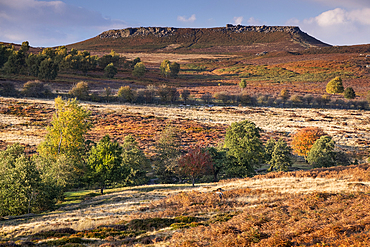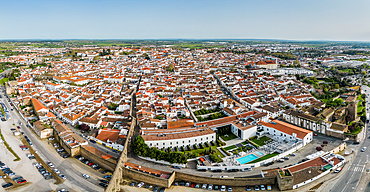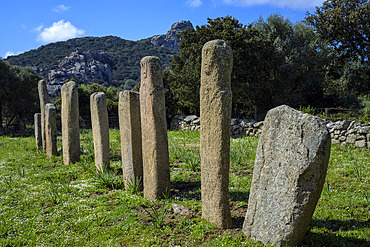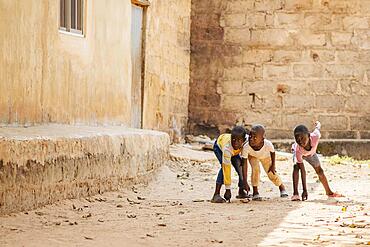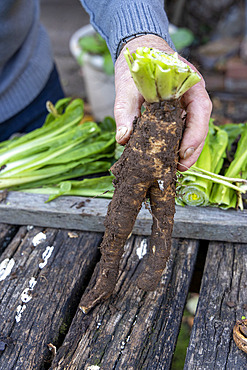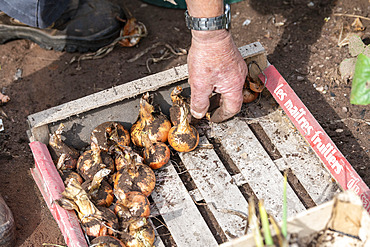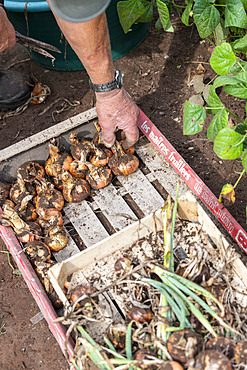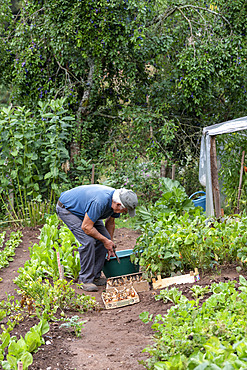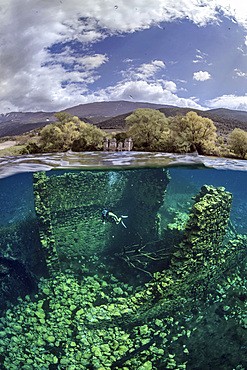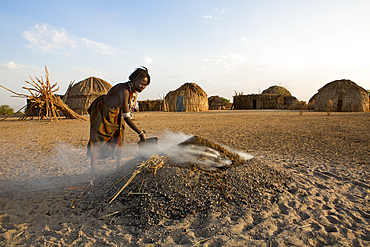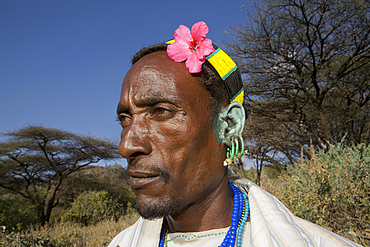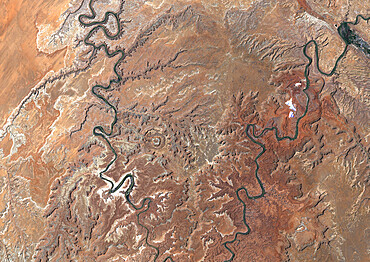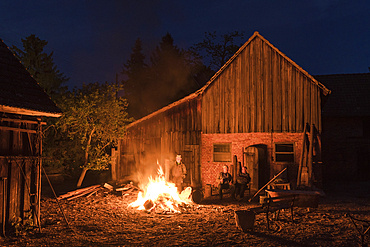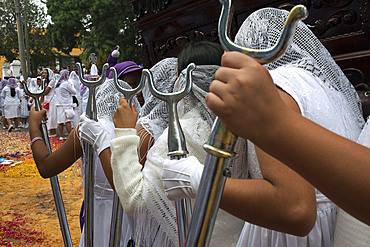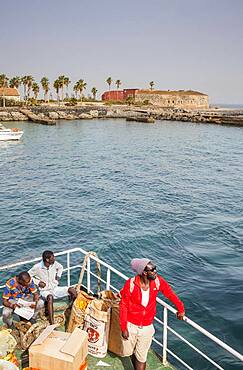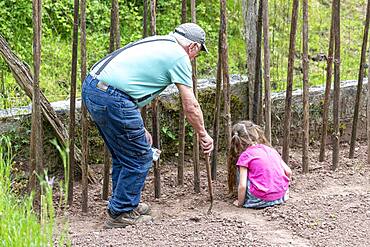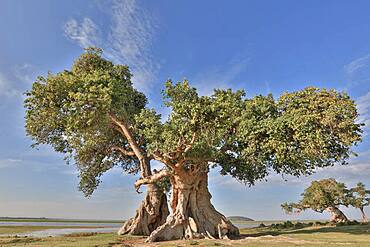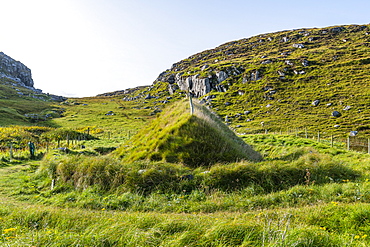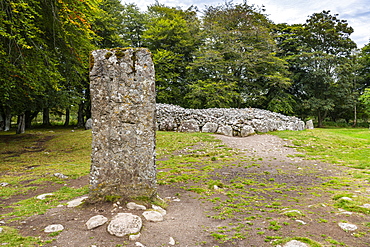Recent searches
Loading...
1353-684 - Carl Walk Iron Age Hill Fort in autumn, Hathersage Moor, Peak District National Park, Derbyshire, England, UK
1243-526 - Aerial drone panoramic view of the historic Centre of Évora, Alentejo, Portugal. The city has roots go back to Roman times, reached its golden age in the 15th century, when it became the residence of the Portuguese kings
860-292474 - Giant Seychelles tortoise (Aldabrachelys gigantea), Turtle island, Prison island, Zanzibar. This island was used as a prison for slaves, and four giant Seychelles tortoises were introduced. Today, they are protected from poachers, and the oldest are between 170 and 200 years old.
860-292046 - Alignment of statue-menhirs at I Stantari. Cauria megalithic site, located in the commune of Sartene in southern Corsica. The site was occupied from the Early Neolithic to the end of the Bronze Age. Some ten statue-menhirs can be seen in two alignments, on which reliefs (swords, belts, loincloths, faces, arms and hands) can be distinguished.
832-402266 - Sea view out of a gunport in hull of the ship over the gun cannon muzzle in on the gun deck of a sailing ship of Age of Sail
832-402234 - Men-an-Tol, Men an Tol, view through perforated stone in a field, Bronze Age megalith, Penzance, Cornwall, England, Great Britain
832-402233 - The Hurlers, Menhirs, Megaliths, Bronze Age Stone Circles, Minions, Bodmin Moor, Cornwall, England, Great Britain
801-3463 - Statue, Don Juan Ruiz de Alarcon y Mendoza, Spanish Writer of the Golden Age, 1581-1639, Taxco, Guerrero, Mexico, North America
801-3462 - Statue, Don Juan Ruiz de Alarcon y Mendoza, Spanish Writer of the Golden Age, 1581-1639, Taxco, Guerrero, Mexico, North America
1361-236 - Bronze Age rock carving in Tanum, UNESCO World Heritage Site, Vastra Gotaland, Bohuslan province, Sweden, Scandinavia, Europe
860-291864 - Preparing to transplant endives, France, Moselle, autumn
860-291865 - Preparing to transplant endives, France, Moselle, autumn
860-291862 - Harvesting beets in a garden, France, Moselle, autumn
860-291861 - Harvest of round black radish, France, Moselle, autumn
832-400123 - Closeup view of applying cream on legs after shower
832-400124 - Closeup view of spreading cream on legs after shower
832-399007 - Rock carvings with figures, warriors, Bronze Age, Unesco World Heritage Site, Tanum, Bohuslaen, Sweden, Europe
832-399006 - Rock carvings with figures, warriors, Bronze Age, Unesco World Heritage Site, Tanum, Bohuslaen, Sweden, Europe
1350-6511 - El Tornillo rock formation. El Torcal de Antequera, Sierra del Torcal, Antequera, M�laga, Andalusia, Spain. Karstic rock formations
1366-12 - Manshiyat Naser, Garbage City, Cairo, Egypt. February 14, 2022. Young man selling fresh pita bread, known as aish, in Manshiyat Naser, Garbage City, Cairo.
1358-66 - The Long Man of Wilmington, an Iron Age hill figure, looks down on the parched brown fields of drought hit East Sussex, Wilmington, East Sussex, England, United Kingdom, Europe
860-290459 - Harvest onions in a vegetable garden in summer, Moselle, France
860-290458 - Harvest onions in a vegetable garden in summer, Moselle, France
860-290457 - Harvest onions in a vegetable garden in summer, Moselle, France
860-290456 - Harvest onions in a vegetable garden in summer, Moselle, France
860-290460 - Harvest onions in a vegetable garden in summer, Moselle, France
1350-5998 - Replica of the first Ictineo submarine, in Maritime Museum, Royal shipyards, Drassanes, Catalonia, Spain
1350-6282 - A split shot of diver taken from Capodacqua lake, in Abruzzo (Italy). Half dome is in the water depicting the submerged ruins of the middle-age mills, the other half is above water surface, showing the ancient paint factory located on the shore of the lake and, further away, the scenery of the mountains of the Tirino Valley.
1350-5866 - Elderly man in Gojahaven, an Inuit settlement in the far north of Canada.
1350-5708 - School drawings in Gojahaven, an Inuit settlement in the far north of Canada.
1350-5865 - Inside an igloo in Gojahaven, an Inuit settlement in the far north of Canada.
799-4293 - Misty autumn morning above Cadbury Castle Iron Age Hillfort, Cadbury, Devon, England, United Kingdom, Europe
1350-4788 - Old weighing scales and weights in an outdoor market, near Samarkand, Uzbekistan
1350-5302 - Young attractive girl drinking water at sunset
1348-4540 - Kara-Kul Meteor Impact Crater, Tajikistan, True Colour Satellite Image. True colour satellite image of Kara-Kul impact structure, Tajikistan (age : 25 million years ; diameter : 52 km). Image taken on 27 September 1992 using LANDSAT data.
1348-4531 - Wolf Creek Meteor Impact Crater, Australia, True Colour Satellite Image. True colour satellite image of Wolf Creek impact structure, Australia (age : 300 000 years ; diameter : 875 m). Image taken on 27 April 1990 using LANDSAT data.
1348-4533 - Upheaval Dome Meteor Impact Crater, Utah, Usa, True Colour Satellite Image. True colour satellite image of Upheaval Dome impact structure, Utah, US (age : 65 million years ; diameter : 5 km). Image taken on 17 June 1989 using LANDSAT data.
1348-3452 - Odette Ambulher was born on the 17th September 1901. She is celebrating her 111th birthday in the retirement home in Laigne-en-Belin, Sarthe in France. Odette Ambulher has 5 children ranging from 77 to 89 years of age.
1179-5407 - Flowers frame the old ruins of the Minoan Palace of Phaistos, Bronze Age archaeological site in Crete island, Greek Islands, Greece, Europe
1113-105746 - View of exterior roof-top pool set against the scenery of old turrets and buildgs, Horizontal. Bath. United Kingdom
1113-105745 - View of exterior roof-top pool set against the scenery of old turrets and buildings. Vertikal. Bath. United Kingdom
1113-105540 - Campfire in front of old barn, Germany, Brandenburg, Spreewald
1179-5403 - Old ruins of Minoan Palace in Knossos Bronze Age archaeological site, Heraklion, Crete, Greek Islands, Greece, Europe
1350-2688 - Verges, a small town in the Northeast of Catalonia (Spain), during Easter celebrates the Procession of Verges with skeletons dancing on the sound of a drum, Roman soldiers, known as the 'Manages', and a representation of the life and crucifixion of Jesus Christ. The Procession features the Dance of Death, a tradition from the Middle Age associated with epidemics and plagues and the only one remaining in Spain Ten skeletons dance to the beat of a drum to remember that no one is exempt of death. The backdrop of the medieval walls and towers of Verges is key to this macabre staging.
1350-2693 - Verges, a small town in the Northeast of Catalonia (Spain), during Easter celebrates the Procession of Verges with skeletons dancing on the sound of a drum, Roman soldiers, known as the 'Manages', and a representation of the life and crucifixion of Jesus Christ. The Procession features the Dance of Death, a tradition from the Middle Age associated with epidemics and plagues and the only one remaining in Spain Ten skeletons dance to the beat of a drum to remember that no one is exempt of death. The backdrop of the medieval walls and towers of Verges is key to this macabre staging.
1350-2692 - Verges, a small town in the Northeast of Catalonia (Spain), during Easter celebrates the Procession of Verges with skeletons dancing on the sound of a drum, Roman soldiers, known as the 'Manages', and a representation of the life and crucifixion of Jesus Christ. The Procession features the Dance of Death, a tradition from the Middle Age associated with epidemics and plagues and the only one remaining in Spain Ten skeletons dance to the beat of a drum to remember that no one is exempt of death. The backdrop of the medieval walls and towers of Verges is key to this macabre staging.
1350-3796 - A gir Tzutujil dressed in traditional costume, San Juan de la Laguna, Solol√°, Guatemala.
1350-2695 - Verges, a small town in the Northeast of Catalonia (Spain), during Easter celebrates the Procession of Verges with skeletons dancing on the sound of a drum, Roman soldiers, known as the 'Manages', and a representation of the life and crucifixion of Jesus Christ. The Procession features the Dance of Death, a tradition from the Middle Age associated with epidemics and plagues and the only one remaining in Spain Ten skeletons dance to the beat of a drum to remember that no one is exempt of death. The backdrop of the medieval walls and towers of Verges is key to this macabre staging.
1350-3751 - Holy Week processions in Guatemala city. Holy Thursday. Holy Week in Guatemala is celebrated with street expressions of faith, called processions, usually organized by a "hermandades". Each procession of Holy Week has processional floats and steps, which are often religious images of the Passion of Christ, or Marian images, although there are exceptions, like the allegorical steps of saints.
1350-2690 - Verges, a small town in the Northeast of Catalonia (Spain), during Easter celebrates the Procession of Verges with skeletons dancing on the sound of a drum, Roman soldiers, known as the 'Manages', and a representation of the life and crucifixion of Jesus Christ. The Procession features the Dance of Death, a tradition from the Middle Age associated with epidemics and plagues and the only one remaining in Spain Ten skeletons dance to the beat of a drum to remember that no one is exempt of death. The backdrop of the medieval walls and towers of Verges is key to this macabre staging.
1350-2691 - Verges, a small town in the Northeast of Catalonia (Spain), during Easter celebrates the Procession of Verges with skeletons dancing on the sound of a drum, Roman soldiers, known as the 'Manages', and a representation of the life and crucifixion of Jesus Christ. The Procession features the Dance of Death, a tradition from the Middle Age associated with epidemics and plagues and the only one remaining in Spain Ten skeletons dance to the beat of a drum to remember that no one is exempt of death. The backdrop of the medieval walls and towers of Verges is key to this macabre staging.
1350-2687 - Verges, a small town in the Northeast of Catalonia (Spain), during Easter celebrates the Procession of Verges with skeletons dancing on the sound of a drum, Roman soldiers, known as the 'Manages', and a representation of the life and crucifixion of Jesus Christ. The Procession features the Dance of Death, a tradition from the Middle Age associated with epidemics and plagues and the only one remaining in Spain Ten skeletons dance to the beat of a drum to remember that no one is exempt of death. The backdrop of the medieval walls and towers of Verges is key to this macabre staging.
1350-2689 - Verges, a small town in the Northeast of Catalonia (Spain), during Easter celebrates the Procession of Verges with skeletons dancing on the sound of a drum, Roman soldiers, known as the 'Manages', and a representation of the life and crucifixion of Jesus Christ. The Procession features the Dance of Death, a tradition from the Middle Age associated with epidemics and plagues and the only one remaining in Spain Ten skeletons dance to the beat of a drum to remember that no one is exempt of death. The backdrop of the medieval walls and towers of Verges is key to this macabre staging.
1350-2696 - Verges, a small town in the Northeast of Catalonia (Spain), during Easter celebrates the Procession of Verges with skeletons dancing on the sound of a drum, Roman soldiers, known as the 'Manages', and a representation of the life and crucifixion of Jesus Christ. The Procession features the Dance of Death, a tradition from the Middle Age associated with epidemics and plagues and the only one remaining in Spain Ten skeletons dance to the beat of a drum to remember that no one is exempt of death. The backdrop of the medieval walls and towers of Verges is key to this macabre staging.
1350-2697 - Verges, a small town in the Northeast of Catalonia (Spain), during Easter celebrates the Procession of Verges with skeletons dancing on the sound of a drum, Roman soldiers, known as the 'Manages', and a representation of the life and crucifixion of Jesus Christ. The Procession features the Dance of Death, a tradition from the Middle Age associated with epidemics and plagues and the only one remaining in Spain Ten skeletons dance to the beat of a drum to remember that no one is exempt of death. The backdrop of the medieval walls and towers of Verges is key to this macabre staging.
1350-2694 - Verges, a small town in the Northeast of Catalonia (Spain), during Easter celebrates the Procession of Verges with skeletons dancing on the sound of a drum, Roman soldiers, known as the 'Manages', and a representation of the life and crucifixion of Jesus Christ. The Procession features the Dance of Death, a tradition from the Middle Age associated with epidemics and plagues and the only one remaining in Spain Ten skeletons dance to the beat of a drum to remember that no one is exempt of death. The backdrop of the medieval walls and towers of Verges is key to this macabre staging.
1184-6193 - Aerial of the Geissenkloesterle, UNESCO World Heritage Site, Caves and Ice Age Art in the Swabian Jura, Baden-Wurttemberg, Germany, Europe
1184-6192 - Aerial of the Geissenkloesterle, UNESCO World Heritage Site, Caves and Ice Age Art in the Swabian Jura, Baden-Wurttemberg, Germany, Europe
1184-6194 - Aerial of the Geissenkloesterle, UNESCO World Heritage Site, Caves and Ice Age Art in the Swabian Jura, Baden-Wurttemberg, Germany, Europe
1178-32856 - Mixed race woman admiring herself in mirror
1178-32845 - Mixed race woman applying lipstick in mirror
1350-1397 - Traditional public transport bus, Dakar, Senegal
1350-1728 - Castell y Bere, Dysynni Valley, Gwynedd, Wales
1350-1997 - Thirty year old attractive brunette woman standing in the doorframe with a cup of coffee in her hands. Yukon Territory, Canada
1350-1174 - girls, Subway, entrance to Toei Oedo Line, in Roppongi station, Tokyo, Japan.
1350-1395 - African Renaissance Monument, Dakar, Senegal. April 4, 2010. Sculptor, Pierre Goudiaby.
1350-1404 - The Slave House, Island of Goree, UNESCO World Heritage Site, near Dakar, Senegal, West Africa, Africa
1350-1398 - Tilene market, Dakar, Senegal, West Africa, Africa
1350-1999 - Young man in the woods, Yukon Territory, Canada
1350-1400 - Ferry arriving at Goree Island, in background fort d´Estrees, near Dakar, Senegal, West Africa, Africa
1350-1727 - Castell y Bere, Dysynni Valley, Gwynedd, Wales
1350-1401 - Tourist, in Workshop of Fallow painter, Goree island, near Dakar, Senegal
860-289257 - Grandfather Sowing Ream Beans 'Vesperal' with his Little Girls, Spring, Moselle
860-289258 - Grandfather Sowing Ream Beans 'Vesperal' with his Little Girls, Spring, Moselle
860-288871 - Giant sycamore fig or sycamore (Ficus sycomorus) multicentennial, giant, Rift Valley, Ethiopia
846-3043 - Iron-age hillfort of Hambledon Hill at sunset, Cranborne Chase AONB (Area of Outstanding Natural Beauty), Iwerne Courtney (Shroton), Dorset, England, United Kingdom, Europe
832-390139 - Archaeology, quarry stone wall, entrance, Iron Age ring fort Cahergall, Cahersiveen, Ring of Kerry, County Kerry, Ireland, Europe
832-390138 - Archaeology, tourists, iron age ring fort Cahergall, Cahersiveen, Ring of Kerry, County Kerry, Ireland, Europe
1113-105017 - Boy, age 5, collecting chestnuts, Uffing, Staffelsee, Upper Bavaria, Bavaria, Germany
1113-105018 - Boy, age 5, collecting chestnuts, Uffing, Staffelsee, Upper Bavaria, Bavaria, Germany
1113-103597 - Kung Fu training at kindergarten age, at one of the many new Kung Fu schools in Dengfeng, school near Shaolin, Song Shan, Henan province, China, Asia
1184-4776 - Iron Age house on Bosta beach, Isle of Lewis, Outer Hebrides, Scotland, United Kingdom, Europe
1184-4775 - Iron Age house on Bosta beach, Isle of Lewis, Outer Hebrides, Scotland, United Kingdom, Europe
1184-4752 - Clava cairn, Bronze Age circular chamber tomb, Inverness, Highlands, Scotland, United Kingdom, Europe
